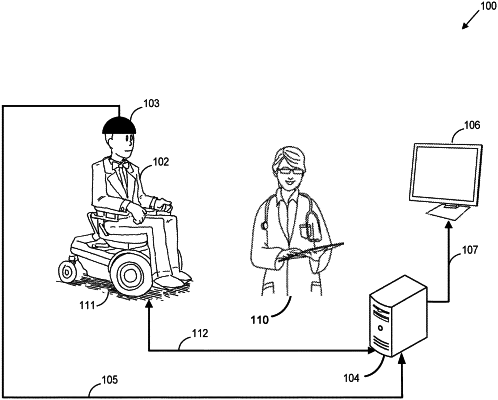| CPC A61B 5/4088 (2013.01) [A61B 5/372 (2021.01); A61B 5/374 (2021.01); A61B 5/378 (2021.01); A61B 5/7221 (2013.01); A61B 5/7264 (2013.01); A61B 5/7267 (2013.01); A61B 5/7282 (2013.01); A61B 5/742 (2013.01); A61B 5/7435 (2013.01); A61F 2/72 (2013.01); A61F 4/00 (2013.01); G06F 3/015 (2013.01); G09B 7/06 (2013.01)] | 10 Claims |

|
1. A method implemented in a brain-computer interface (BCI) computer, the method comprising:
calculating, by one or more processors, a first and a second range of classifier values based upon a user's electroencephalograph (EEG) signals while the user is exposed to a target and to a cancellation stimuli, respectively;
calculating, by one or more processors, a first and a second training classifier threshold to separate the first and the second range of classifier values from one another;
classifying, by one or more processors, received EEG signals while the user is subsequently exposed to the target or the cancellation stimuli as being within the first or the second range of classifier values based upon the first and a second training classifier thresholds;
determining, by one or more processors, whether the user has been exposed to the target stimuli or to the cancellation stimuli based upon the classifying of the subsequently received EEG signals into one of the first or the second range of classifier values;
calculating, by one or more processors, a hold-release classifier value based upon EEG signals received after determining whether the user has been subsequently exposed to the target stimuli or to the cancellation stimuli; and
identifying, by one or more processors, whether the user has decided to hold an action associated with the target stimuli or to release the action by switching to the cancellation stimuli based on a comparison between the hold-release classifier value and the first and second training classifier thresholds.
|